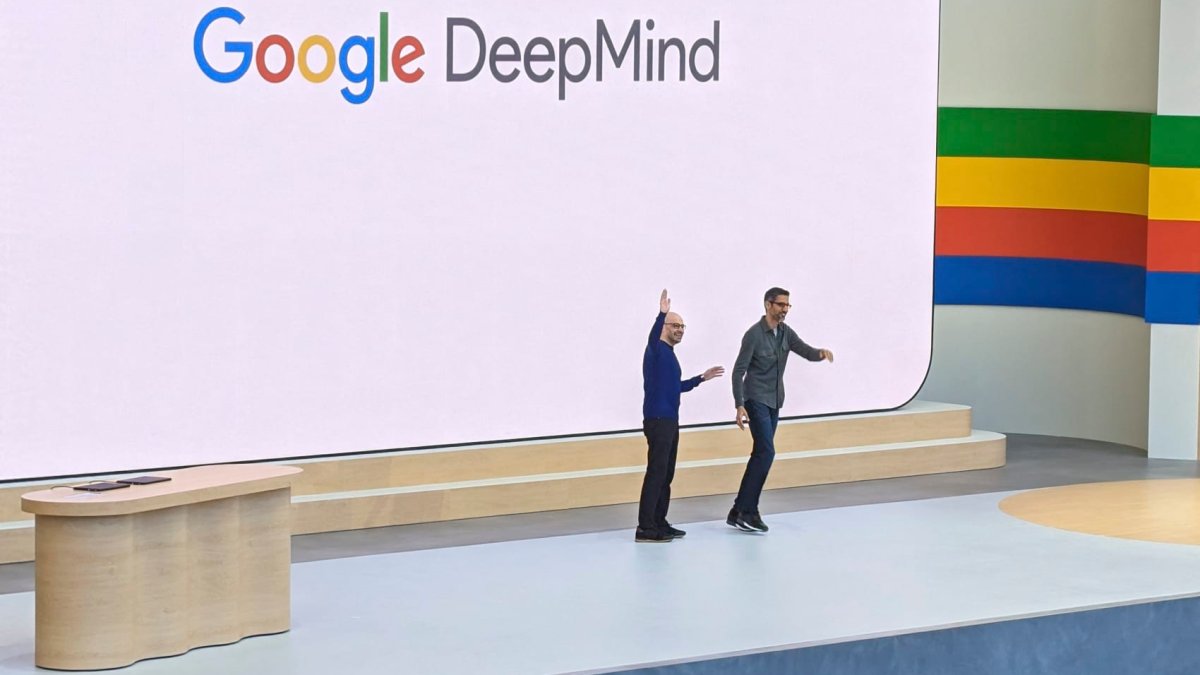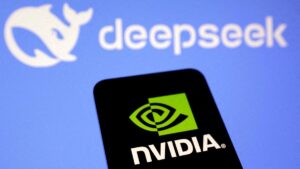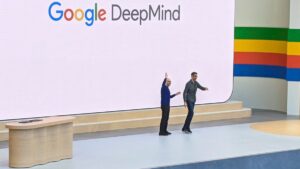DeepMind Announces Plans to Utilize AI Models in Physical Robots

Google DeepMind Unveils New AI Models for Robotics
Introduction to Google DeepMind’s Robotics Expansion
On Wednesday, Google DeepMind introduced two new artificial intelligence (AI) models specifically designed for robotic applications. These models, Gemini Robotics and Gemini Robotics-ER (Extended Reasoning), operate on Google’s latest AI framework called Gemini 2.0. Google recently described this advanced model as its most capable AI to date, marking a significant step towards integrating AI into physical robotic actions.
Partnership with Apptronik
To enhance the development of humanoid robots, Google has teamed up with Apptronik, a robotics company based in Texas. This partnership aims to leverage the capabilities of Gemini 2.0 to create next-generation humanoid robots. Apptronik has previously collaborated with well-known organizations like Nvidia and NASA, highlighting its credentials in the robotics field. Recently, Google participated in Apptronik’s $350 million funding round, further solidifying their collaborative efforts.
Demonstration of New Capabilities
In a series of demonstration videos, Google showcased robots developed by Apptronik using the new AI models. These demonstrations included various tasks such as plugging devices into power outlets, organizing lunchboxes, and manipulating plastic vegetables. The robots responded effectively to spoken commands, showcasing their potential for everyday tasks but did not reveal a specific timeline for when these technologies would become commercially available.
Essential Qualities of AI in Robotics
According to Google, successful AI models for robotics must possess three key characteristics:
- Generality: The ability to adapt to a wide range of scenarios.
- Interactivity: The capacity to quickly understand and respond to changing instructions and environments.
- Dexterity: The skill to perform tasks that humans typically do with their hands, such as carefully manipulating various objects.
These qualities are crucial for making robots practical and beneficial in real-world situations.
Gemini Robotics-ER for Developers
Gemini Robotics-ER is tailored for roboticists, serving as a foundation upon which they can build and train their custom models. This model is accessible not only to Apptronik but also to a select group of "trusted testers," which includes industry leaders such as Agile Robots, Agility Robotics, Boston Dynamics, and Enchanted Tools.
Google’s Role in the Evolving Robotics Landscape
Google is not alone in its endeavors to infuse AI into robotics. In recent months, companies like OpenAI have made investments aimed at integrating general-purpose AI into physical technologies. For example, OpenAI recently funded a startup named Physical Intelligence, which focuses on advancing algorithms designed to power robots.
Other Major Players in Robotics
Several other tech companies are making strides in humanoid robotics. Tesla is developing its own robot, known as Optimus, which has garnered significant attention. OpenAI has also strengthened its robotic efforts by hiring a former leader from Meta’s project focused on augmented reality.
Google’s CEO, Sundar Pichai, emphasized the potential of robotics as a platform for translating AI innovations into practical solutions for everyday life. He noted that the robots would use Google’s multimodal AI models to adapt continuously to their environments, a crucial feature for ensuring they respond effectively to real-world conditions.
Future Directions
As the field of robotics evolves, the integration of AI technologies like those from Google DeepMind will likely reshape how humans interact with machines in everyday tasks. The advancements brought forward by Gemini 2.0 and its applications in humanoid robotics indicate a promising future in this exciting area of technology.






